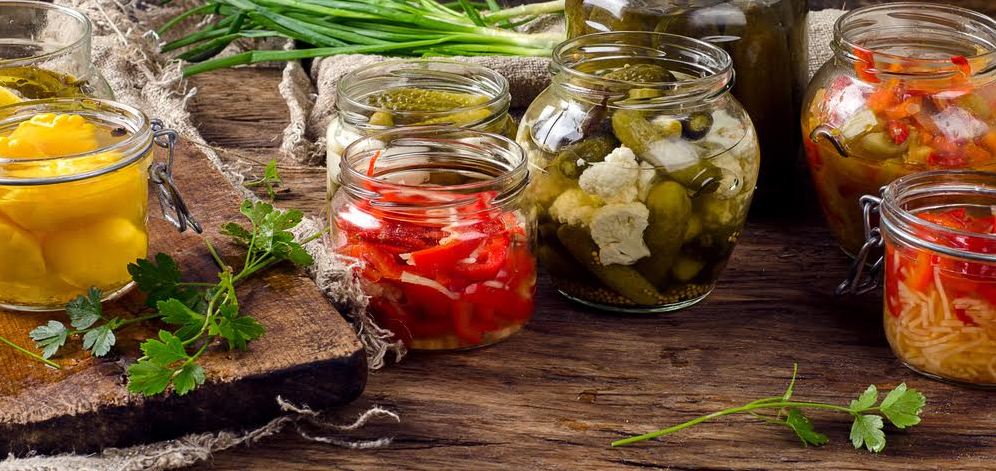If you wonder what it is that makes something fermented, you’re not the only one who has thought that question. There are many kinds of fermented foods that are available in the market, but the most popular fermented thing to consume are fermented drinks.
When it comes to understanding what makes something fermented, it is important to understand the fermentation process itself. Here is a quick guide to help you figure out how fermentation works and its essential aspects. Are you excited? Let’s go and check it out!
What is Fermentation?
Before we can go further you must understand what fermentation is. Fermentation is a chemical process that features the breakdown of glucose molecules utilizing the chemical process, usually aided by enzyme catalysts. The breakdown takes place without air (anaerobically), making the adroit use of various microorganisms as well as yeast cultures.
Here are the most prominent characteristics of fermented foods.
- Molecule Breakdown Anaerobically: the process of fermentation depends primarily on the process of glycolysis which refers to the breakdown of sugar. When something is fermented, its sugar glucose molecules of six carbons each are broken down into two molecules featuring three carbons. Moreover, the broken down molecules from pyruvic acid, which in the absence of oxygen forms alcohol or other similar products.
- Use of Bacteria or Yeast: one of the prime characteristics of fermentation is how it makes use of ‘good’ bacteria to get the job done. Bacteria such as lactic acid bacteria and yeast are responsible for the breakdown of carbohydrates and sugars to form substances such as various acids, carbon dioxide, and even alcohol.
Some of the created products are what give the food or beverages their distinct taste, as well as being responsible for the preservation of the thing itself. Moreover, the produced products give the foods and beverages their distinct textures, aroma, tastes, etc.
- Temperature: one of the most important things to ensure a successful process of fermentation is the temperature of the constituents. Since there are living yeast and bacteria cells in the mixture, the temperature of the whole process mustn’t be too hot to damage the cells, nor too cold as to make them inactive.
Benefits of Consuming Fermented Items
It can’t be ignored how there are many perks of consuming things that have undergone the process of fermentation. Here are a few health benefits that we can count upon.
- Improves Digestion: fermented beverages and foods typically support the digestive tract, helping keep the digestive system healthy with the help of the beneficial bacteria they contain.
- Supports the Immune System: fermented foods and beverages contain probiotics that play a massive role in ensuring the healthiness of an immune system. The strengthening of the immune system keeps the overall condition of the body healthy as it supports the fight against illnesses and autoimmune diseases.
- Good Source of Nutrition: many people don’t realize how things that have been fermented have high levels of phytonutrients and antioxidants. Moreover, things that have been fermented have a significant amount of probiotics and micronutrients. This is because most fermented foods and drinks contain an assortment of vegetables, fruits, teas, and herbs.
Thus, it is not hard to understand why fermented foods and drinks play a large role in diets consisting of whole-foods.
Conclusion
As you have seen, things that have been fermented have undergone a unique process where their sugar content is broken down anaerobically using reactions that have been catalyzed by enzymes. The presence of bacteria in controlled areas of production allows the fermentation process to take place as the bacteria are responsible for converting the sugar into other substances.
Hope this helps you understand how fermentation takes place.

